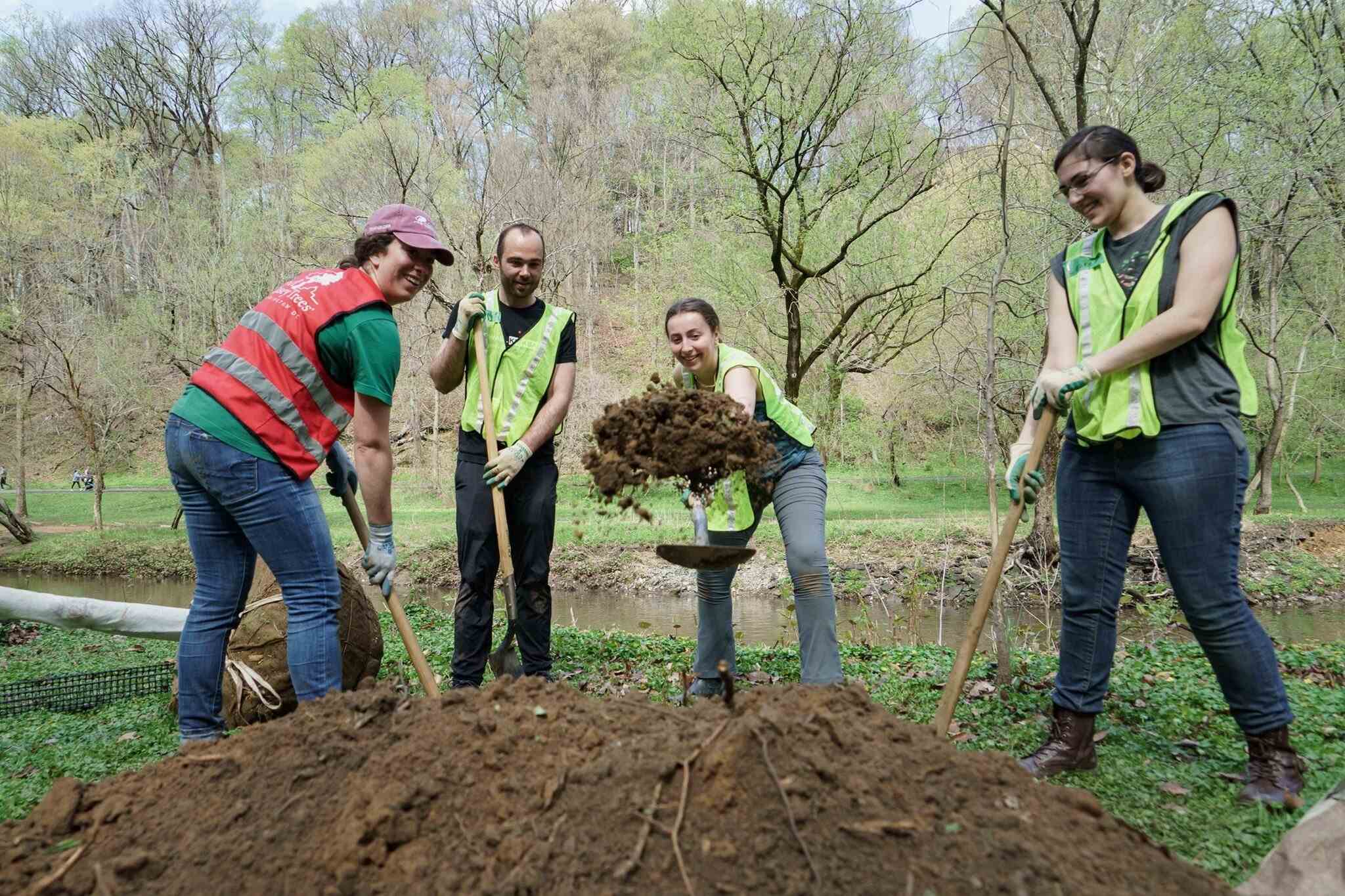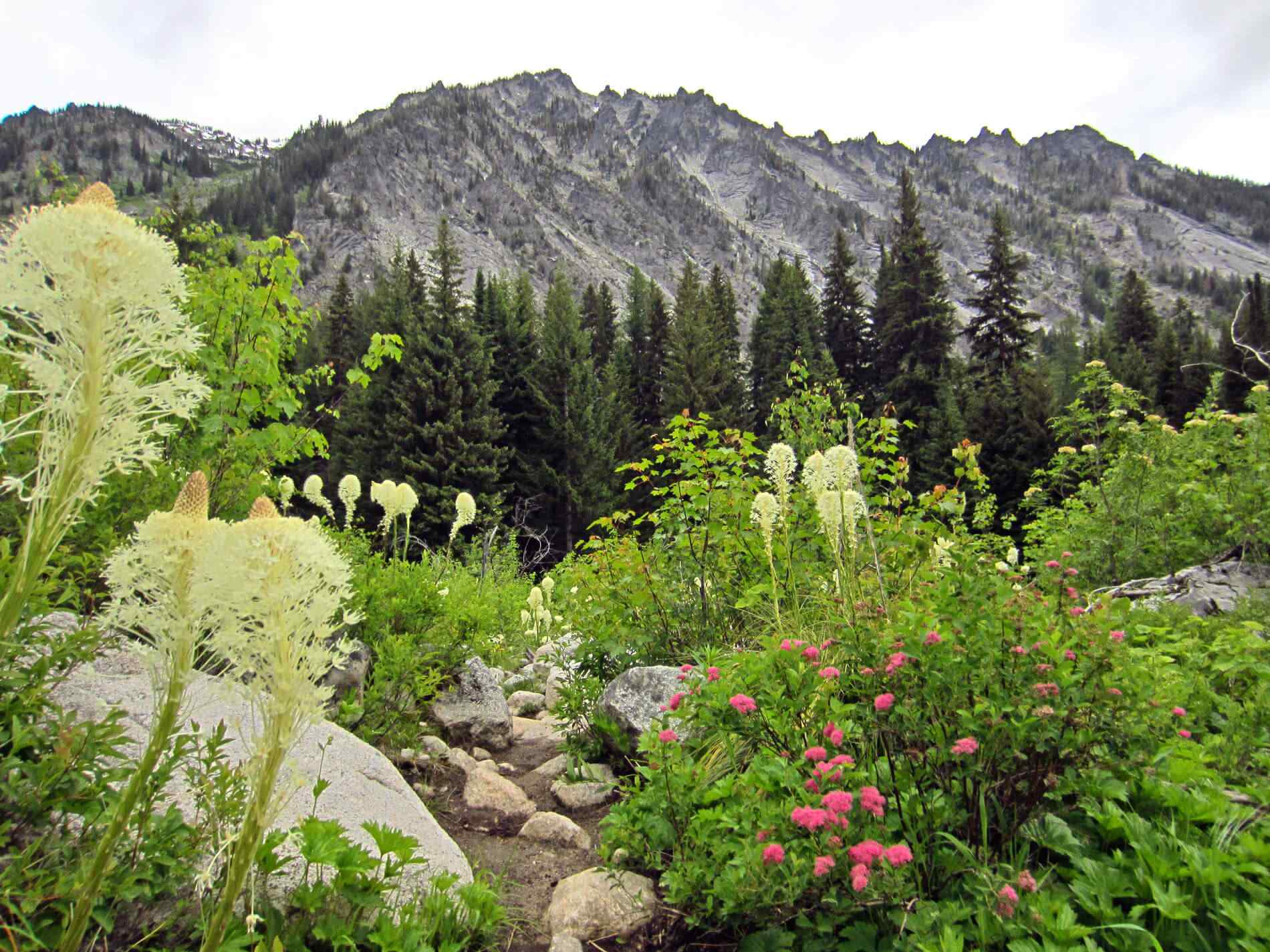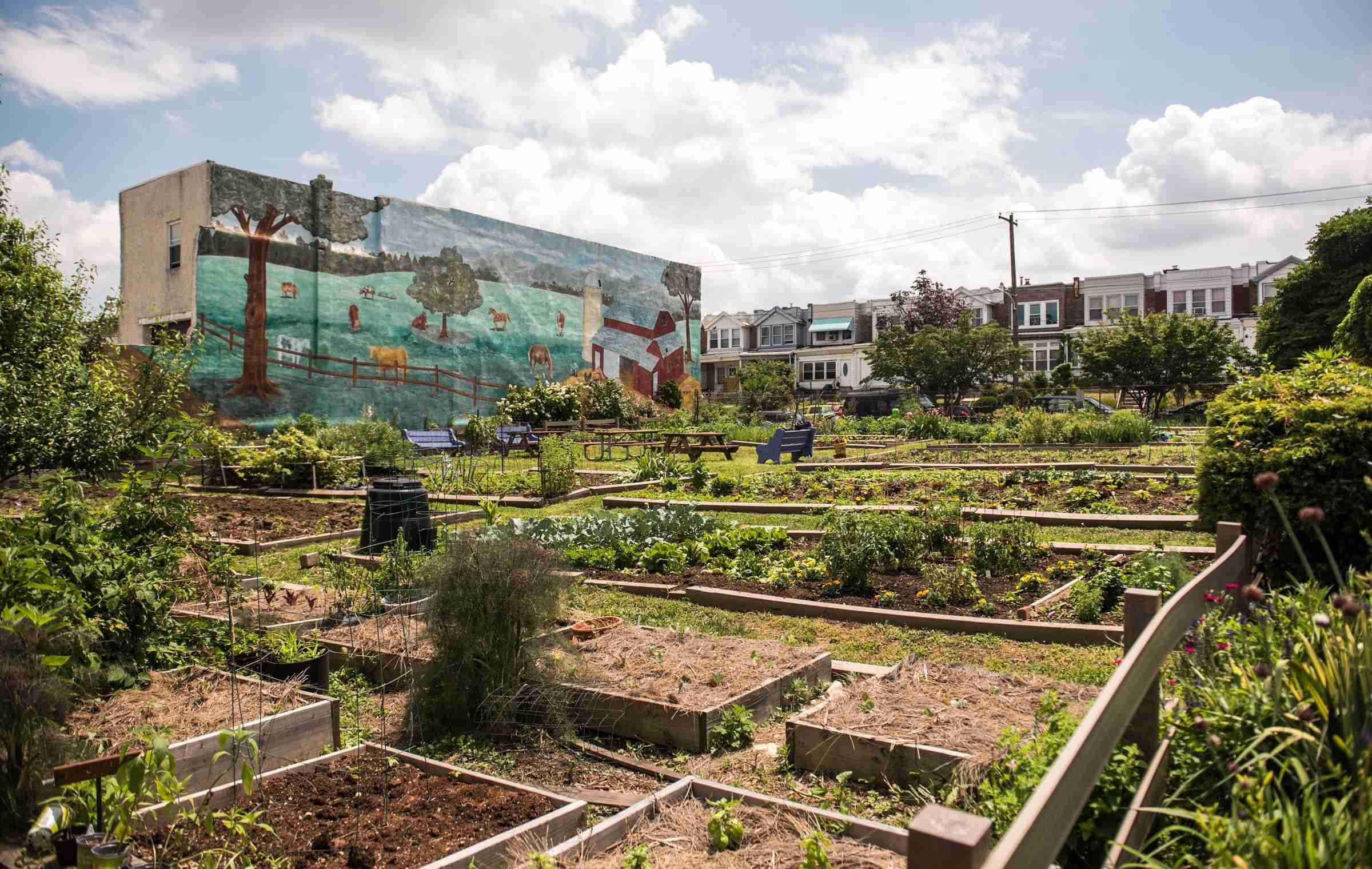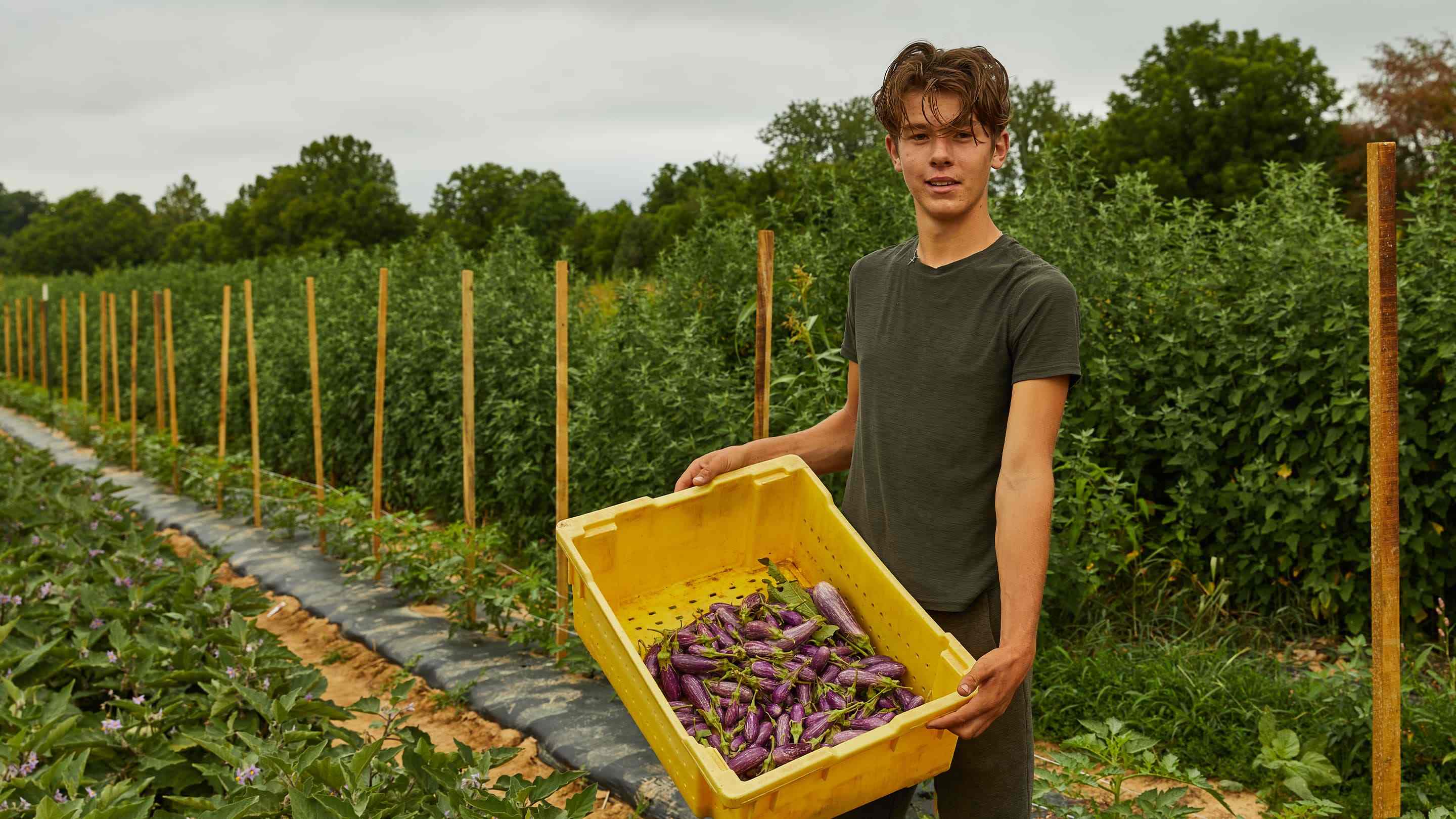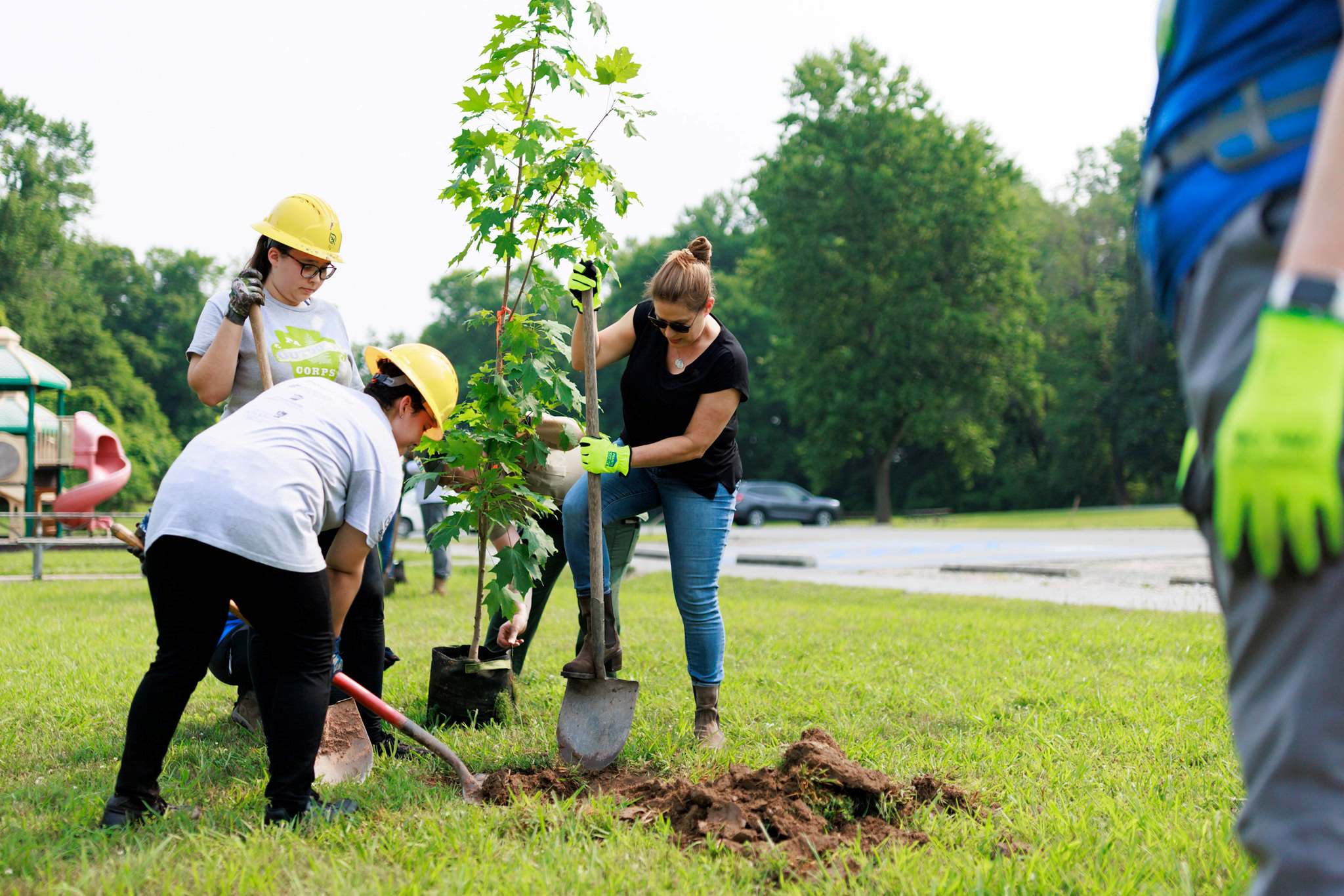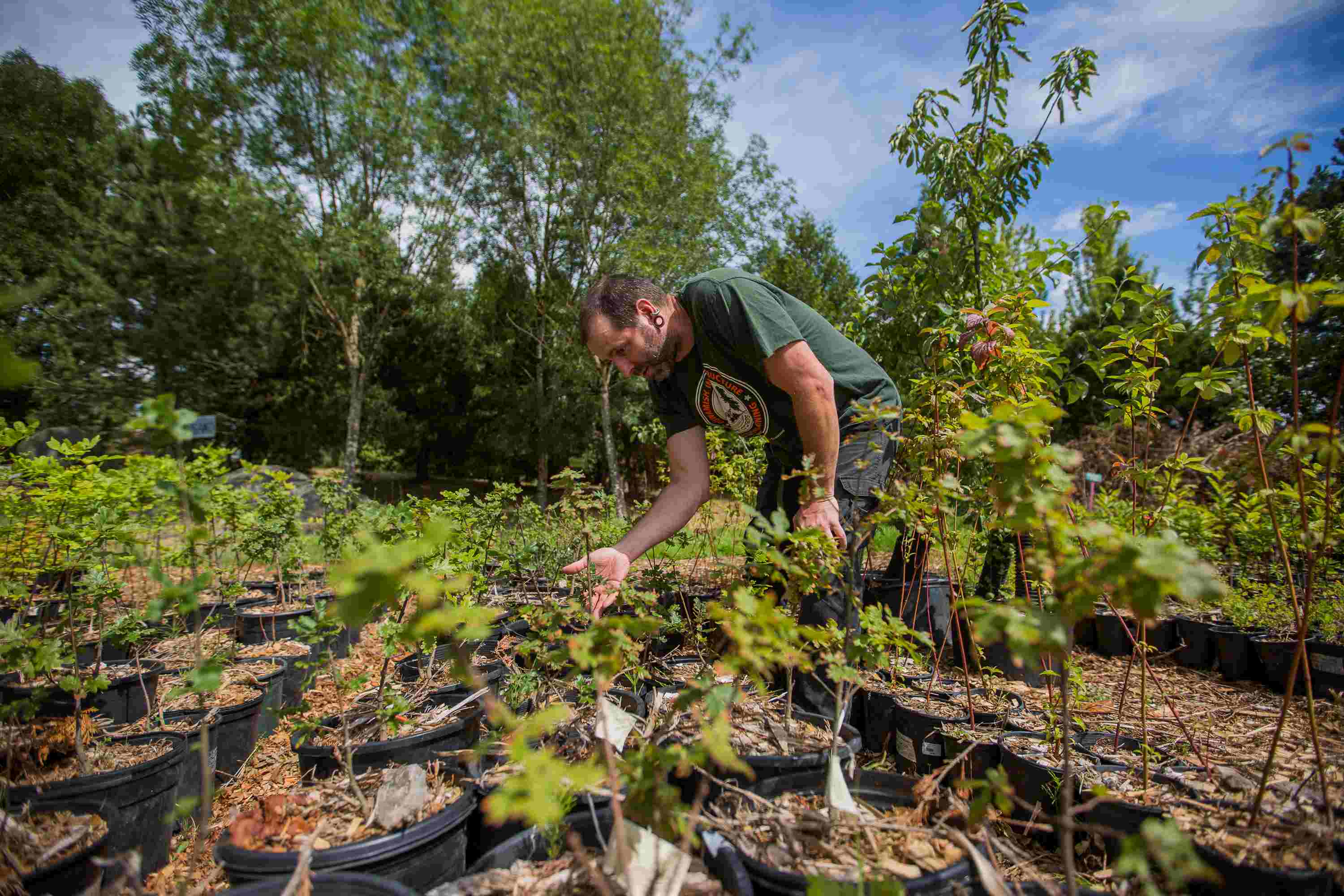Home>Gardening Basics>Understanding Soil>What Planting Zone Is Illinois In
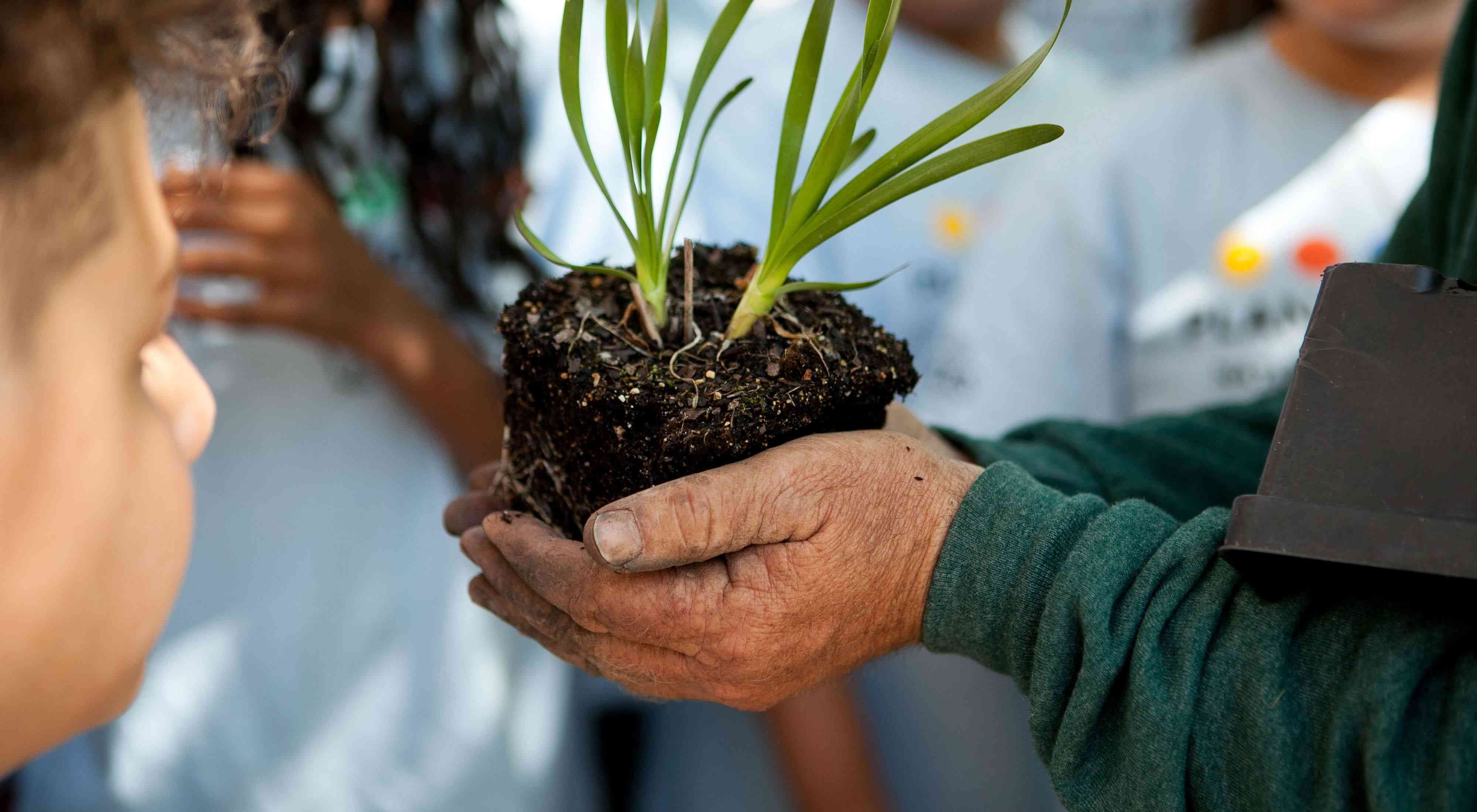

Understanding Soil
What Planting Zone Is Illinois In
Modified: January 22, 2024
Learn more about understanding soil and what planting zone Illinois is in. Discover the key factors that affect soil health and successful gardening in Illinois.
(Many of the links in this article redirect to a specific reviewed product. Your purchase of these products through affiliate links helps to generate commission for Chicagolandgardening.com, at no extra cost. Learn more)
Table of Contents
Introduction
When it comes to gardening and landscaping, understanding the planting zones is crucial for successful plant growth and flourishing landscapes. Planting zones provide valuable information about the climate and environmental conditions of a specific region, helping gardeners and landscapers make informed decisions about which plants are most suitable for their area.
A planting zone is a geographical area that is defined based on the average annual minimum temperature. It helps determine the types of plants that can thrive and survive in a particular region. It serves as a guide for choosing plants that are well-suited to the specific climate and can withstand the local temperature extremes.
Understanding planting zones allows gardeners and landscapers to select plants that are more likely to thrive and flourish in their area. It minimizes the risk of planting unsuitable plants that may struggle to adapt to the local climate, resulting in poor growth or even plant death.
Factors such as temperature, precipitation, and soil conditions can vary significantly from one region to another, making it important to determine the specific planting zone of a particular area. By being aware of the planting zone, gardeners and landscapers can make educated decisions about the appropriate plants to choose, ensuring a higher chance of success.
Now, let’s delve into the factors that affect planting zones and explore the specific planting zone of Illinois, a state known for its diverse climate and landscape.
Understanding Planting Zones
Planting zones are typically identified using a system called the USDA Hardiness Zone Map. This map divides the United States into 13 different planting zones, each representing a specific temperature range. The zones are labeled with numbers, with lower numbers indicating colder regions and higher numbers representing warmer regions.
The USDA Hardiness Zone Map is based on the average annual minimum temperature, which is the lowest temperature an area is expected to reach in a typical year. This information is crucial in determining the survival and growth potential of plants, as different plants have varying tolerance levels to cold temperatures.
For example, plants that are categorized as “hardy” have a higher tolerance for cold temperatures and can withstand freezing temperatures without significant damage. On the other hand, “tender” plants are more sensitive to cold and require milder climates to thrive.
Understanding planting zones is essential because it helps gardeners and landscapers select plants that will have the best chances of survival in their specific climate. By considering the minimum temperature for a particular area, gardeners can choose plants that are suitable for their region and avoid wasting time, effort, and resources on plants that are not adapted to their climate.
In addition to cold tolerance, planting zones also provide general information about growing conditions such as heat, humidity, rainfall, and soil types. This knowledge allows gardeners to make informed decisions about which plants will perform well in their area, ensuring optimal conditions for plant growth and health.
It is important to note that the USDA Hardiness Zone Map provides a general guideline for understanding planting zones. Microclimates, which are small-scale variations in climate within a larger area, can exist within a zone and impact plant growth. Factors such as elevation, proximity to bodies of water, and urban heat islands can create localized variations in temperature, necessitating further consideration when deciding on appropriate plants.
Now that we have a better understanding of planting zones, let’s explore the various factors that affect these zones and how they can impact the gardening and landscaping practices in a specific area.
Factors Affecting Planting Zones
While the USDA Hardiness Zone Map is a helpful tool for understanding planting zones, it is important to consider the various factors that can influence the specific conditions of a region, ultimately affecting the plant species that can thrive there.
1. Temperature: The average annual minimum temperature is the primary factor in determining the planting zone. Areas with lower minimum temperatures are assigned lower zone numbers, indicating colder climates. Higher zone numbers represent regions with milder temperatures.
2. Elevation: Higher elevations generally experience colder temperatures, even within the same zone. This is because temperature tends to decrease as elevation increases. For example, a higher elevation within a zone may mimic the climate of a lower zone.
3. Proximity to Water Bodies: Bodies of water, such as lakes, rivers, or oceans, can moderate temperature extremes. Coastal areas tend to have warmer winters and cooler summers due to the buffering effect of nearby water bodies.
4. Microclimates: Microclimates are localized variations in climate within a larger area. Factors like slopes, valleys, and urban development can create microclimates, resulting in temperature variations. South-facing slopes often have warmer microclimates compared to north-facing slopes.
5. Wind Patterns: Wind can impact temperature by either cooling or warming an area. Areas exposed to strong winds may have lower temperatures than more sheltered regions within the same zone.
6. Soil Type and Drainage: Different plants have varying soil requirements. Soil type, fertility, and drainage can determine which plants will thrive in a particular area. Understanding the soil composition and drainage characteristics is crucial for successful gardening and landscaping.
7. Precipitation: The amount and distribution of rainfall play a significant role in plant growth. Areas with higher rainfall tend to support different plant species than drier regions within the same zone.
These factors interact and influence each other, creating unique growing conditions within each planting zone. It is essential for gardeners and landscapers to consider these factors to make informed decisions about plant selection and care.
Now that we have explored the factors that affect planting zones, let’s move on to the specific planting zone of Illinois and its implications for gardening and landscaping in the state.
The Planting Zone of Illinois
Illinois, known for its diverse climate and agricultural heritage, is located in the Midwestern region of the United States. The state experiences a range of temperature and weather patterns throughout the year, making it essential to understand the planting zone of Illinois for successful gardening and landscaping.
Illinois is predominantly classified as being in USDA Hardiness Zones 5a to 7a. The northern parts of the state, including cities like Chicago and Rockford, fall within Zone 5a, while the central and southern regions, such as Springfield and Carbondale, are classified as Zone 6a to 7a.
In Zone 5a, the average annual minimum temperature ranges from -15°F to -20°F (-26°C to -29°C). This means that gardeners in this zone should select plants that are cold-tolerant and can withstand harsh winter conditions. Some common plants that thrive in Zone 5a include Siberian iris, Russian sage, and creeping phlox.
Zone 6a has an average annual minimum temperature range of -10°F to -5°F (-23°C to -21°C). Gardeners in this zone can enjoy a slightly milder climate compared to Zone 5a. Popular plants for Zone 6a include daylilies, coneflowers, and sedums.
Zone 7a, found in the southern parts of Illinois, has an average annual minimum temperature range of 0°F to 5°F (-18°C to -15°C). With relatively mild winters, gardeners in this zone have more options for plant selection. Some suitable plants for Zone 7a include roses, butterfly bushes, and southern magnolias.
It is worth noting that while these zones provide a general guideline for plant selection, microclimates and other factors within Illinois can impact local conditions. For example, urban areas like Chicago may have increased heat due to the urban heat island effect, which can affect plant growth and survival.
By understanding the specific planting zone of Illinois, gardeners and landscapers can choose plants that are adapted to the local climate and ensure better success in their gardening endeavors.
Now that we know the planting zone of Illinois, let’s explore why knowing the planting zone is important for gardeners and landscapers.
Importance of Knowing the Planting Zone
Knowing the planting zone of your area, such as Illinois, is crucial for gardeners and landscapers as it provides valuable insights and benefits that can greatly enhance the success of their gardening and landscaping endeavors. Here are some reasons why knowing the planting zone is important:
1. Plant Selection: Understanding your planting zone allows you to select plants that are well-suited to your area’s climate and environmental conditions. By choosing plants that are adapted to your zone, you increase the likelihood of their survival and thriving in your garden or landscape.
2. Optimized Plant Growth: Plants that are suited to your specific planting zone are more likely to grow vigorously and produce abundant blooms or yields. They are better equipped to handle the temperature, rainfall, and soil characteristics of your area, resulting in healthier and more vibrant plants.
3. Risk Mitigation: Planting zone knowledge helps mitigate the risk of planting unsuitable plants that may struggle to adapt to your local climate. By selecting plants that are known to thrive in your zone, you minimize the chances of plant loss and reduce the need for excessive maintenance and interventions.
4. Efficient Resource Allocation: By choosing plants that are well-suited to your planting zone, you can allocate your resources more efficiently. This includes considerations such as water usage, fertilization needs, and pest management. Plants that are adapted to your zone are often more resilient, requiring less maintenance and resources to thrive.
5. Seasonal Planning: Knowing your planting zone allows you to plan your gardening and landscaping activities more effectively. Understanding the expected temperature ranges and weather patterns in your zone helps you schedule planting, pruning, and harvesting at the optimum times.
6. Local Adaptation: By utilizing plants that are native or well-suited to your planting zone, you contribute to preserving the local ecosystem and promote biodiversity. Native plants are usually more adapted to the local climate, require less input from gardeners, and provide habitat for local wildlife.
7. Gardening Success and Satisfaction: Ultimately, knowing your planting zone increases your chances of gardening success and satisfaction. When your plants are thriving and your garden or landscape looks beautiful, it brings a sense of accomplishment and joy.
By understanding the planting zone of your area and applying that knowledge to your gardening and landscaping practices, you can create a thriving and sustainable outdoor space that reflects the natural beauty of your region.
Now that we recognize the importance of knowing the planting zone, let’s summarize the key points we have discussed so far.
Conclusion
Understanding the planting zone of your region, such as Illinois, is essential for successful gardening and landscaping. Planting zones provide valuable information about the climate, temperature, and environmental conditions of a specific area, helping you make informed decisions about which plants to choose and how to care for them.
By knowing your planting zone, you can select plants that are well-suited to your area, increasing their chances of survival and optimal growth. This knowledge allows you to optimize resource allocation, mitigate risks, and plan your gardening activities more efficiently.
Factors such as temperature, elevation, proximity to water bodies, and soil type can impact planting zones and create variations within a region. Additionally, microclimates and local factors need to be considered in conjunction with the USDA Hardiness Zone Map to ensure accurate plant selection.
In Illinois, the planting zone ranges from Zone 5a in the north to Zone 7a in the south. This diversity within the state requires careful consideration when deciding which plants to cultivate.
By using planting zones as a guide, you can create thriving landscapes with beautiful and healthy plants that enhance the aesthetic appeal of your outdoor space. Additionally, selecting native plants that are adapted to your zone promotes local biodiversity and conservation efforts.
So, before you embark on your gardening or landscaping journey, take the time to understand the planting zone of your area. Research and select plants that are suited to your specific zone and take advantage of the knowledge and resources available to ensure the success of your endeavors.
Remember, gardening is a continuous learning process, and being aware of your planting zone is one step towards becoming a more knowledgeable and successful gardener or landscaper.



